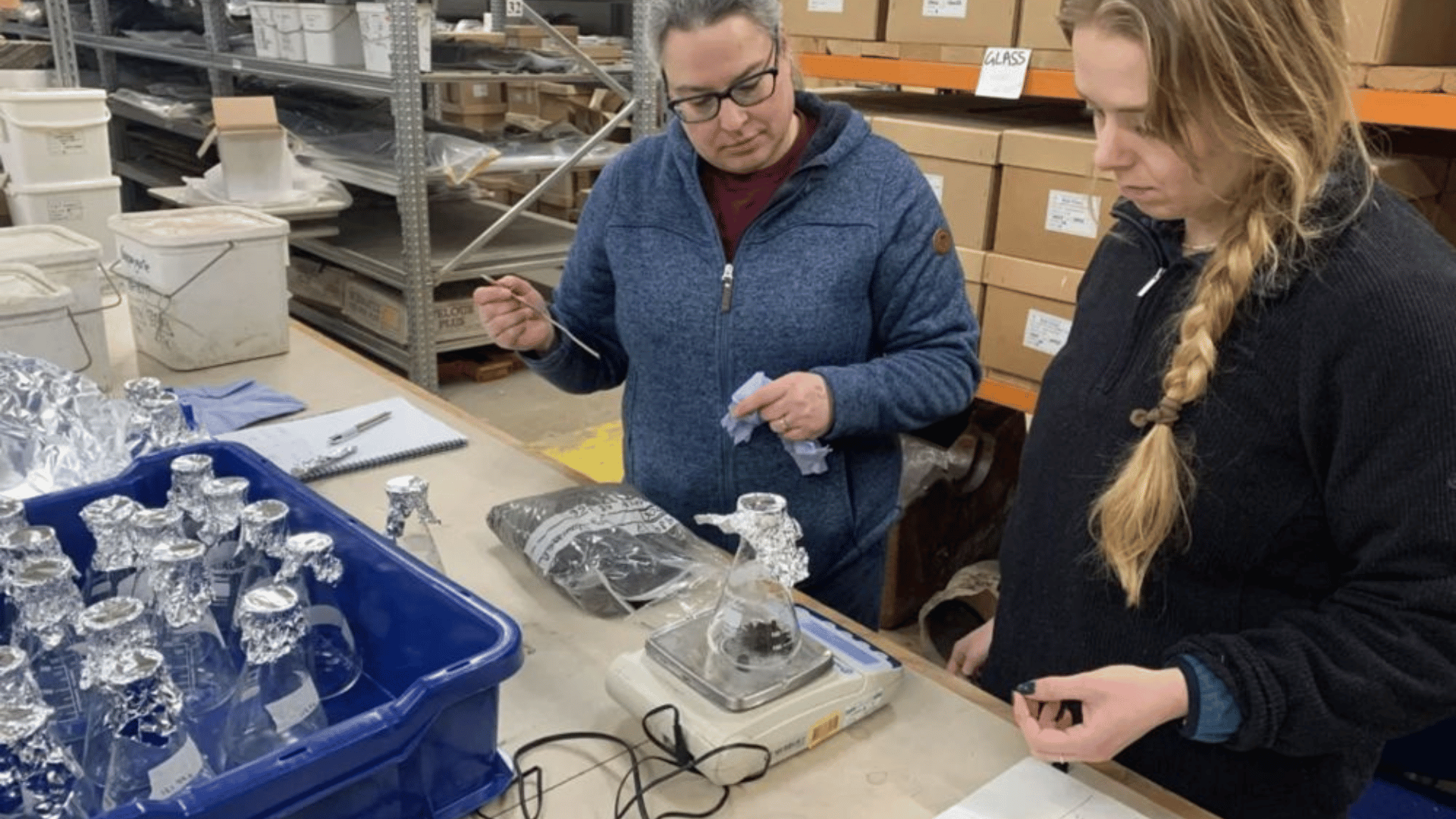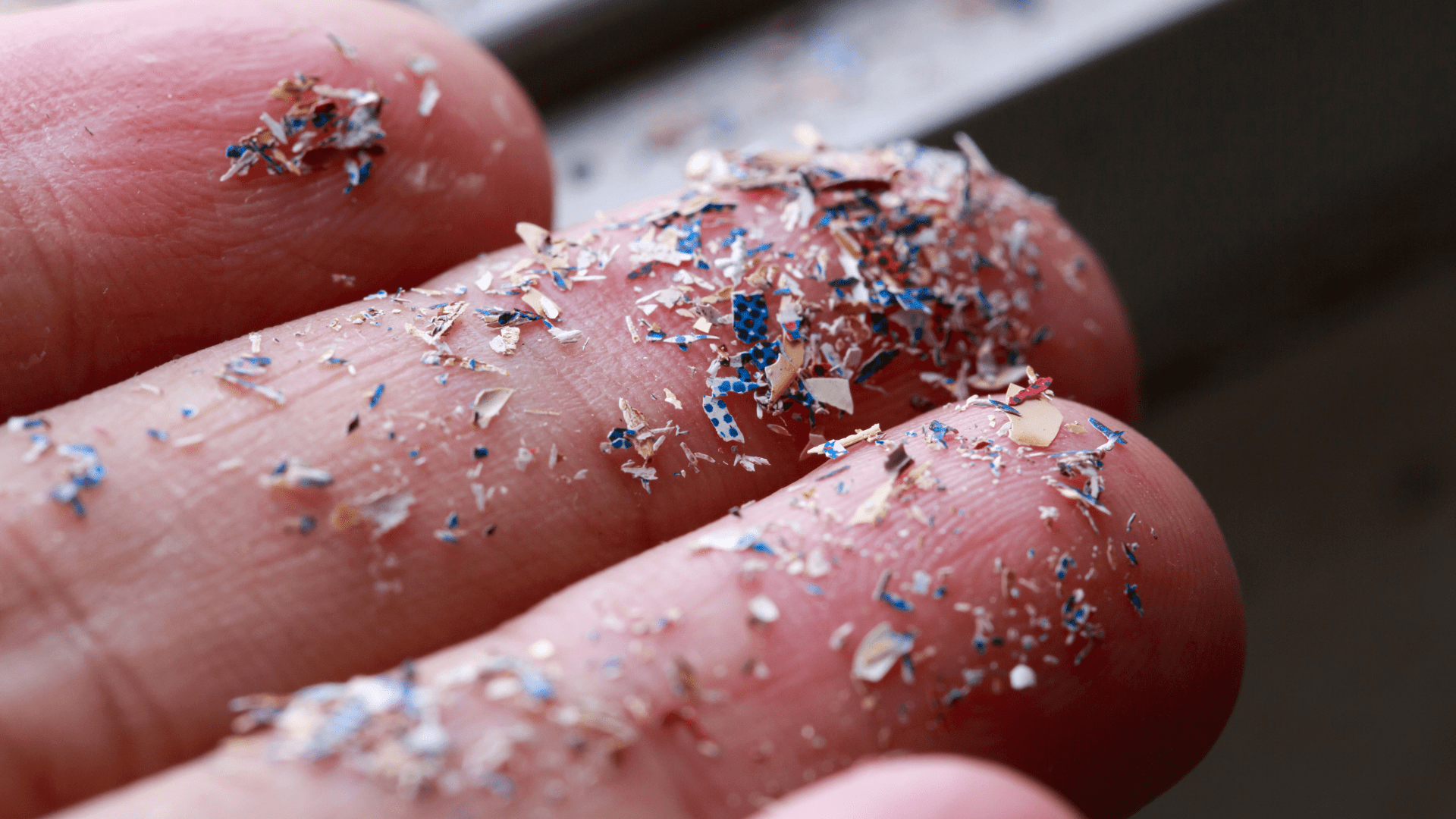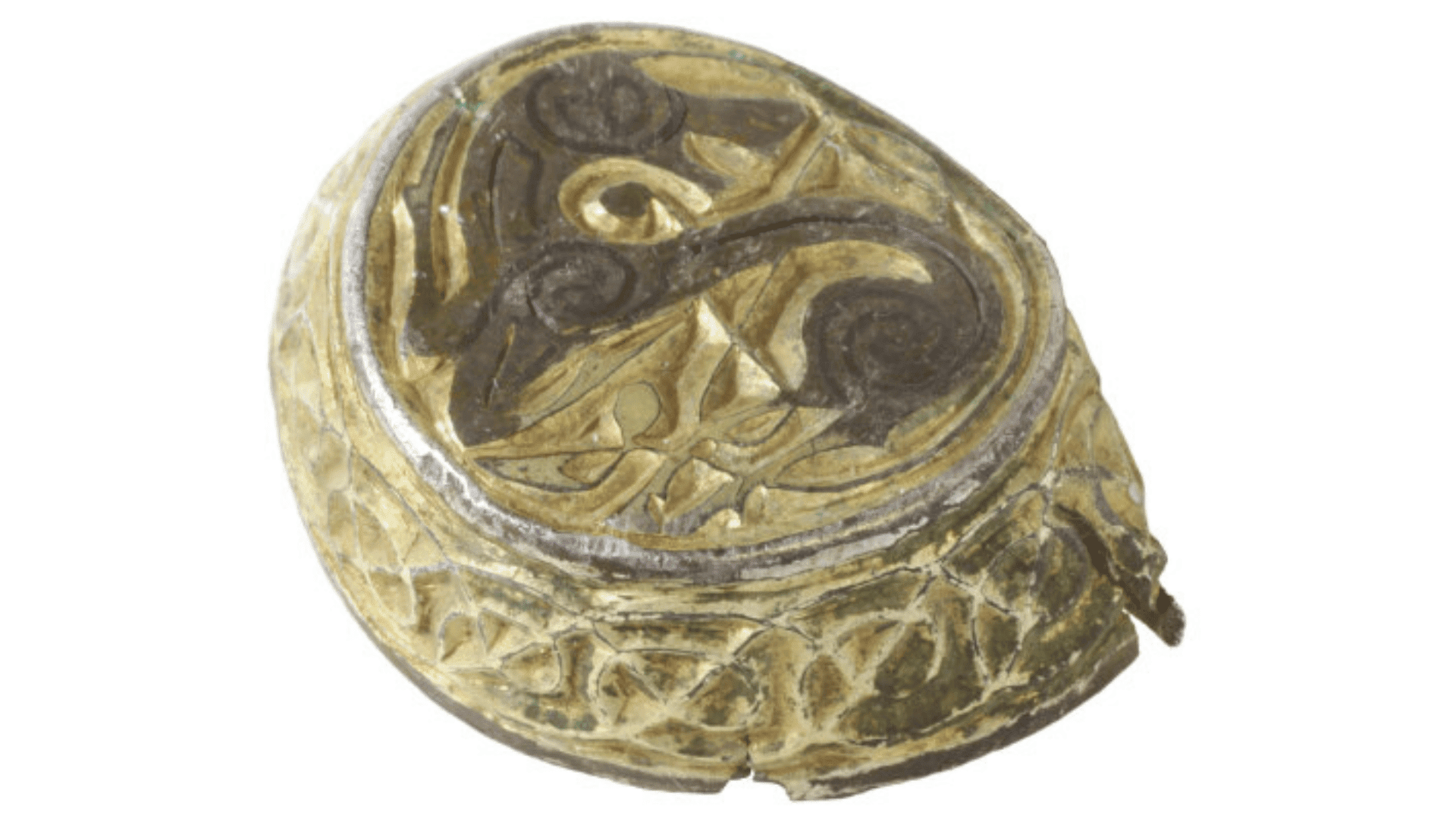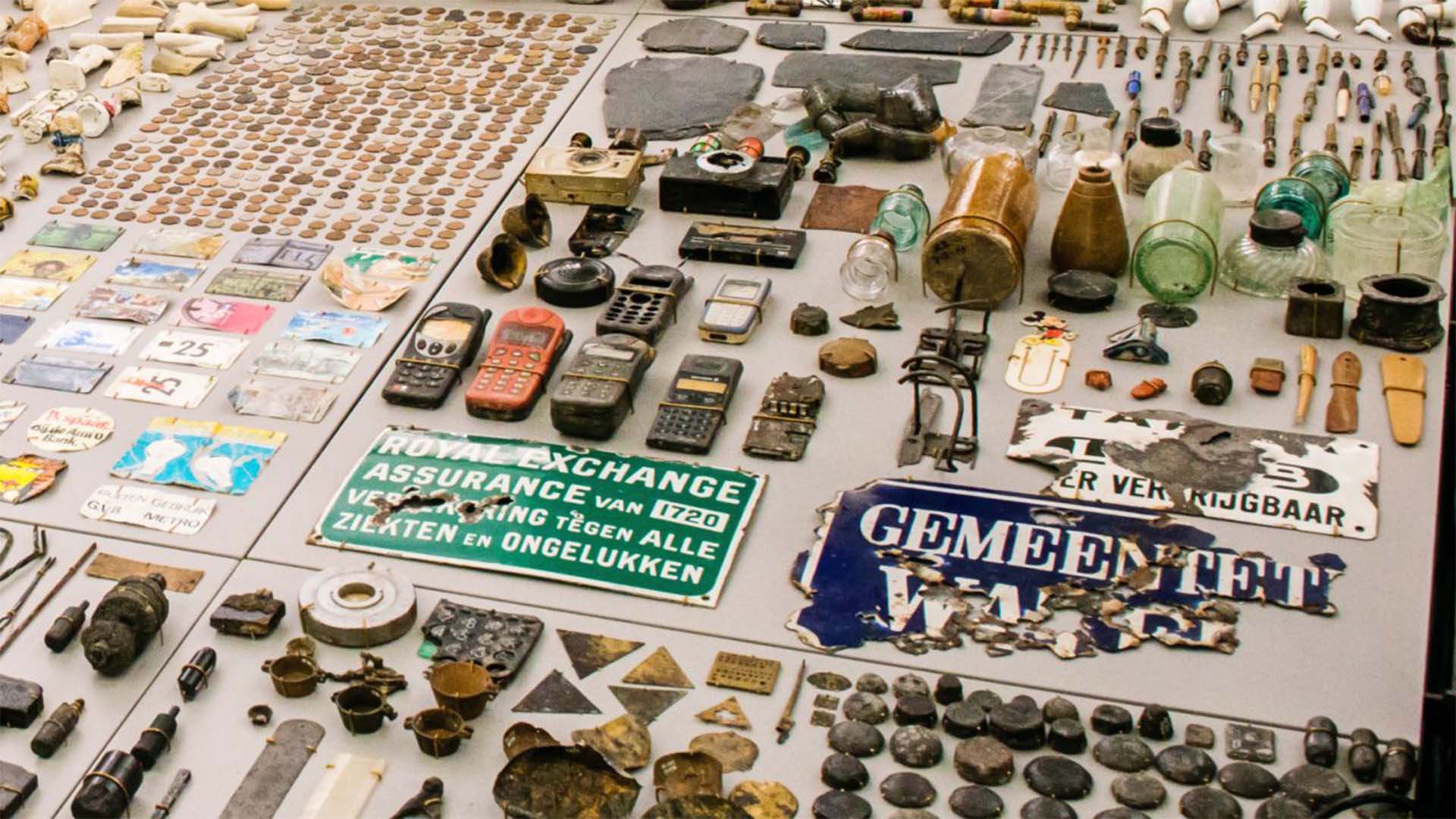Microplastics can be found virtually everywhere, but did you know they’re also being discovered at ancient archaeological sites?

Microplastics are fragments of plastic smaller than five millimeters long which come from many sources including laundry, landfills, beauty products, and sewage sludge.
According to a study published in the journal Science of the Total Environment, researchers found microplastics in soil deposits 7.35 meters (24.11 feet) below the ground. The soil samples date back to the first or early second century C.E. and were sourced from two archaeological sites in York, England.
The scientists then used an imaging technique called μFTIR, which can detect microplastics’ quantities, size, and composition. Across the samples, the team found 66 particles consisting of 16 polymer types.
“This feels like an important moment, confirming what we should have expected: that what were previously thought to be pristine archaeological deposits, ripe for investigation, are in fact contaminated with plastics,” says John Schofield, an archaeologist at the University of York, in a statement.
According to the United Nations Convention to Combat Desertification, almost one-third of all plastic waste ends up in the soil or freshwater. The new study provides “the first evidence of [microplastic] contamination in archaeological sediment (or soil) samples,” write the researchers.
“While preserving archaeological remains in situ has been the favored approach in recent years, the new findings could trigger a change in approach, as microplastic contamination could compromise the remains’ scientific value,” states CNN’s Jack Guy.
These new findings are making archaeologists reconsider whether to preserve items in situ, or in the place where the item was found. Researchers are now focusing their attention on determining exactly how much microplastics will impact archeological samples.
“The presence of microplastics can and will change the chemistry of the soil, potentially introducing elements which will cause the organic remains to decay,” says David Jennings, chief executive of York Archaeology, in the statement. “If that is the case, preserving archaeology in situ may no longer be appropriate.”







